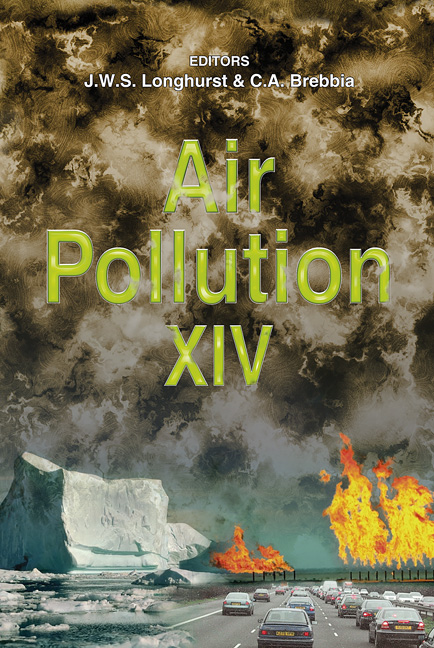Contribution From Smoking To PM2.5, PM1 Particles And VOCs Concentrations In Residential Houses In Athens, Greece
Price
Free (open access)
Transaction
Volume
86
Pages
10
Published
2006
Size
576 kb
Paper DOI
10.2495/AIR060351
Copyright
WIT Press
Author(s)
D. Saraga, Th. Maggos, Ch. Vassilakos, J. Michopoulos, C. G. Helmis & J. G. Bartzis
Abstract
The objective of this study was to investigate the indoor and outdoor air quality at two residences in a suburban area of Athens, based on different human activities (smoking and non-smoking, open and closed windows). For this purpose, two apartments in the same area were equipped with particulate matter samplers with PM1 and PM2.5 impactors and VOCs samplers for benzene, toluene, m,p-xylene, o-xylene measurements. Both apartments had 4 inhabitants, while one smoker was living in the second one, smoking on average 10 cigarettes per day. Daily activities were also recorded to questionnaires. The results indicated that for the non-smokers apartment, the main source of PM2.5 indoor concentration seems to be PM2.5 outdoor concentration, while PM1 and VOCs concentrations followed a corresponding variation. On the other hand, the main source of indoor pollution in the smoker’s apartment seems to be smoking since PM2.5, PM1 and benzene indoor concentrations were found 2.5, 3.5 and 1.4 times higher than the ones observed in the non-smokers house. In addition, during two days of smoker’s absence, PM2.5, PM1 and VOCs indoor concentrations were decreased but still over the outdoor concentrations. Keywords: indoor air quality, PM2.5, PM1, VOCs, cigarette smoke.
Keywords
indoor air quality, PM2.5, PM1, VOCs, cigarette smoke.





